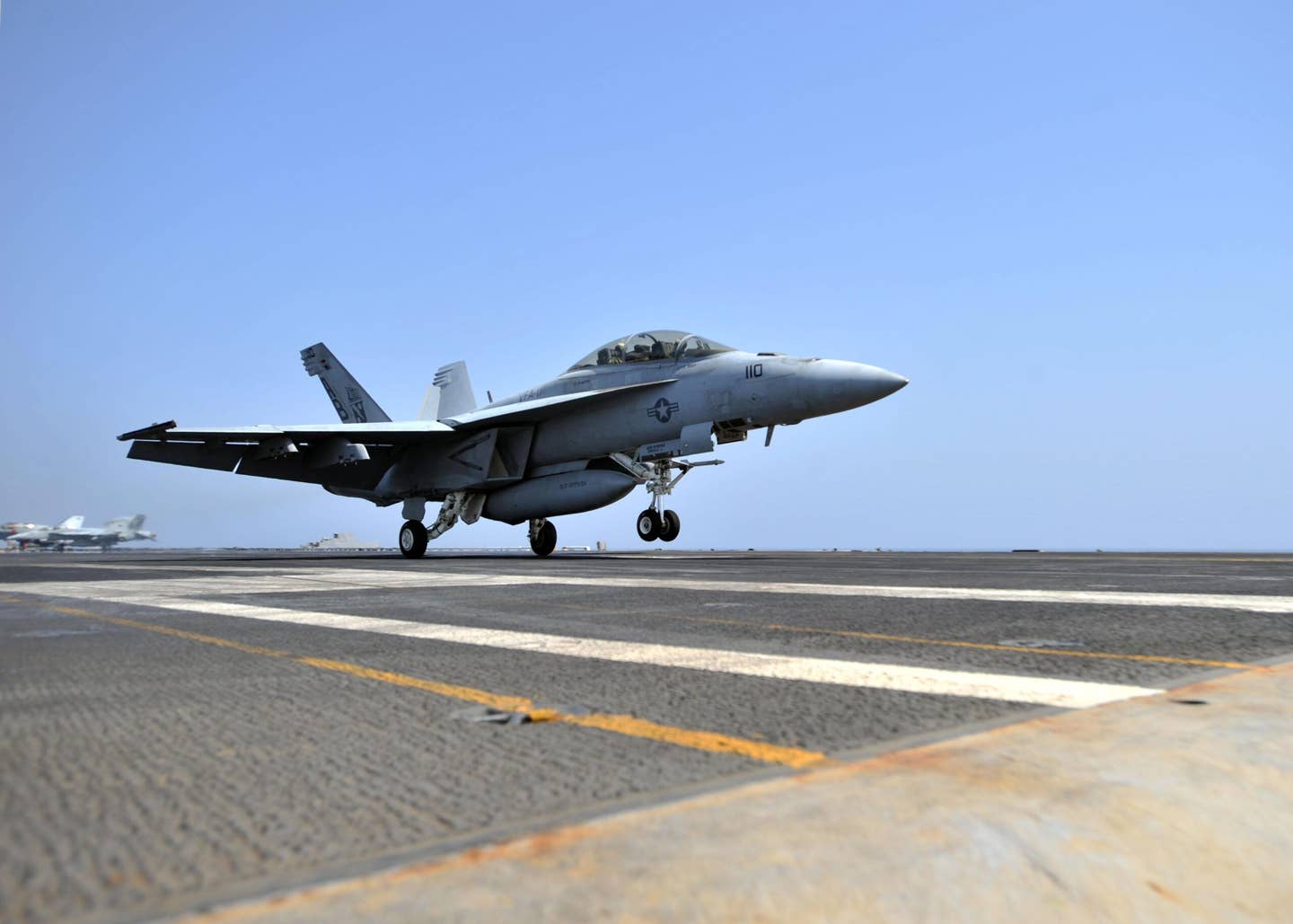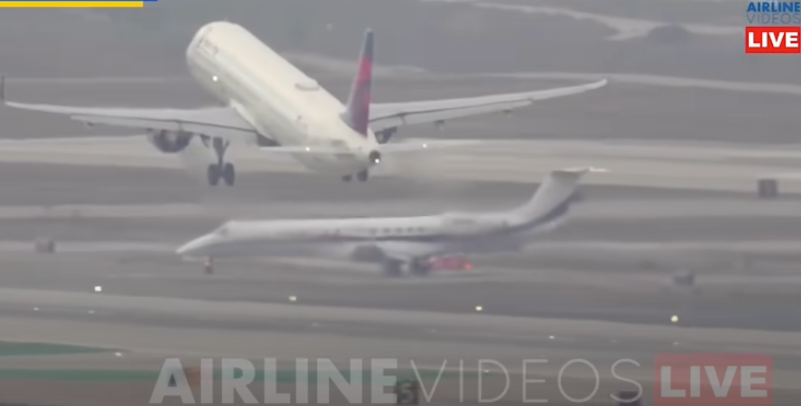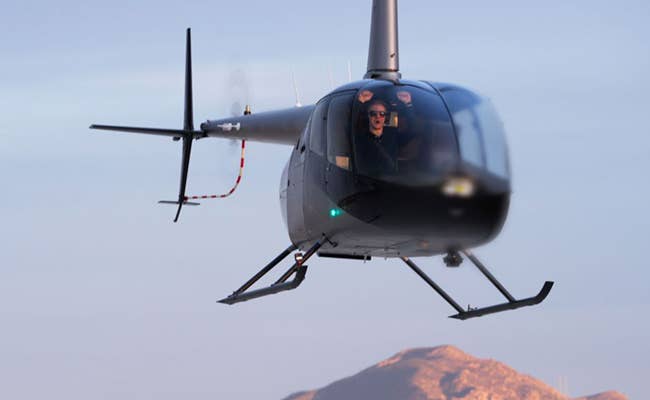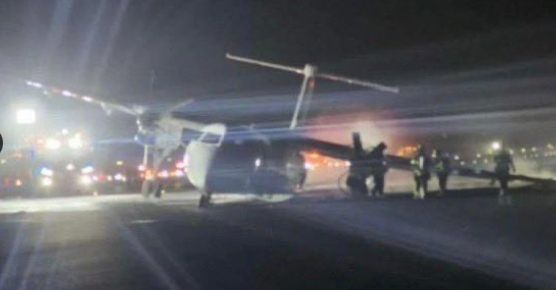Airbus Pitches Fuel-Saving Formation Flying For Widebodies
Airbus is working with air navigation service providers (ANSP) and airlines to test flying widebody aircraft in formation to save fuel and reduce carbon emissions. The idea is to mimic…
Airbus is working with air navigation service providers (ANSP) and airlines to test flying widebody aircraft in formation to save fuel and reduce carbon emissions. The idea is to mimic the efficiencies that migratory birds gain by organizing in their V-shape flocks. The planemaker says long-haul airliners can burn as much as 10 percent less fuel if they can harvest the wake energy of a strategically positioned partner. It’s launched an effort called fello’fly to see if it can be put to practical use. The company has tested the concept with its own aircraft and found it could cut fuel burn and emissions by tucking one huge aircraft behind another. It also understands the challenges of conducting daily operations this way.
“Flying two large passenger aircraft close together poses new operational challenges for the aviation ecosystem at large, requiring new procedures to be identified,” Airbus says in its description of the effort. The company has struck deals with all the major ATS providers in Europe as well as Nav Canada to develop those procedures. It’s also working with airlines to identify aircraft types that work well together and how to train pilots for such operations. To reap the wake energy rewards, aircraft separation will have to be reduced to about 1.5 nautical miles laterally. Special equipment will let the following aircraft find the lift benefit from the lead.






